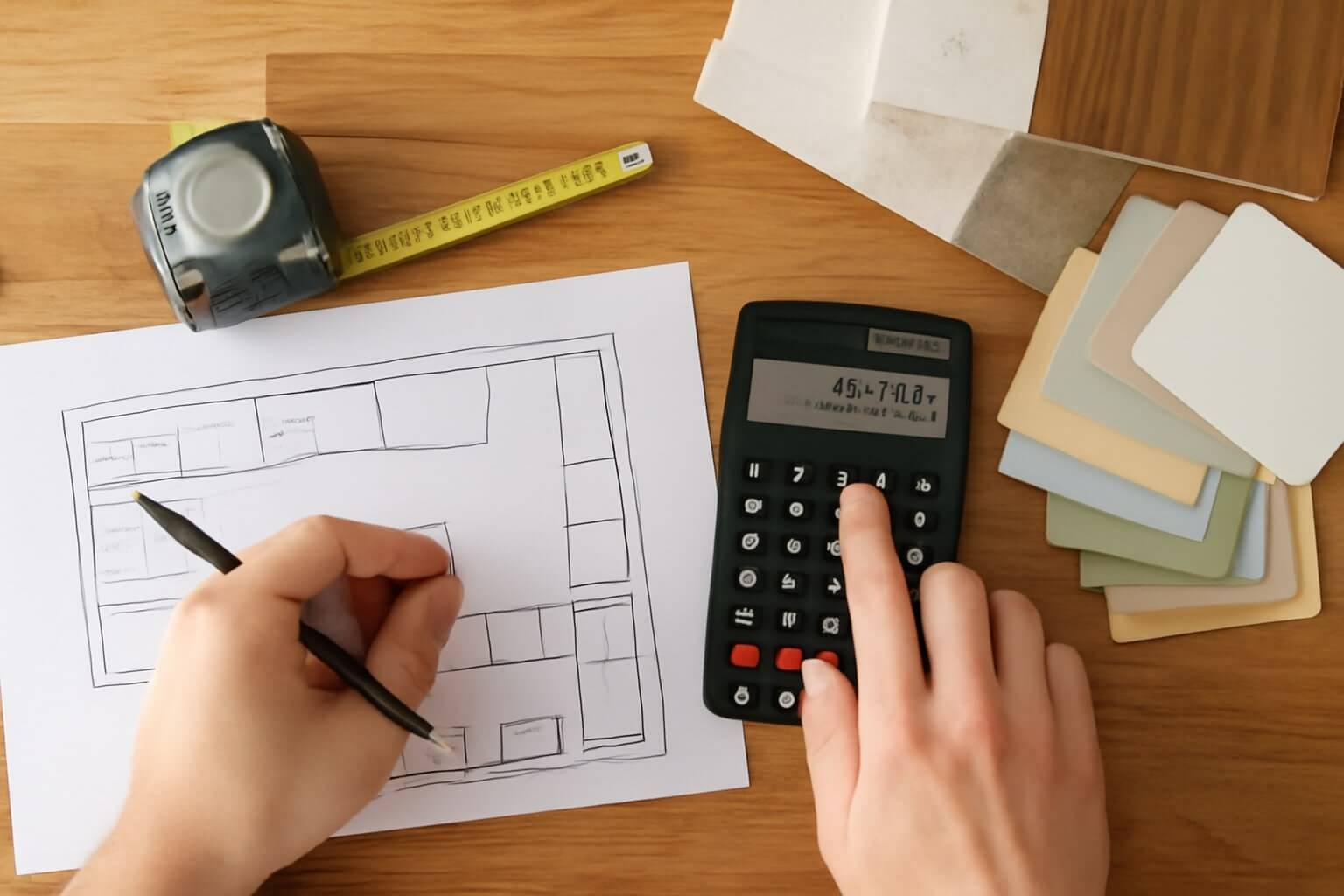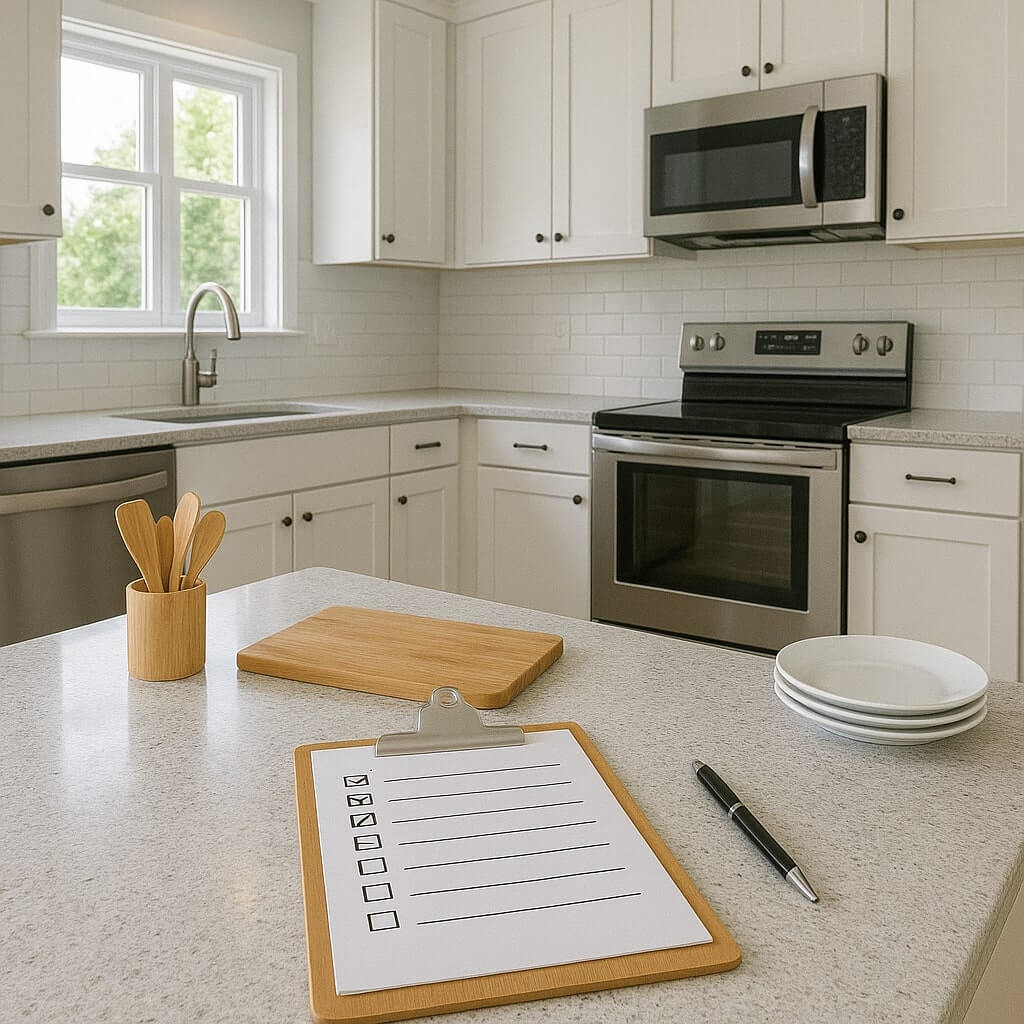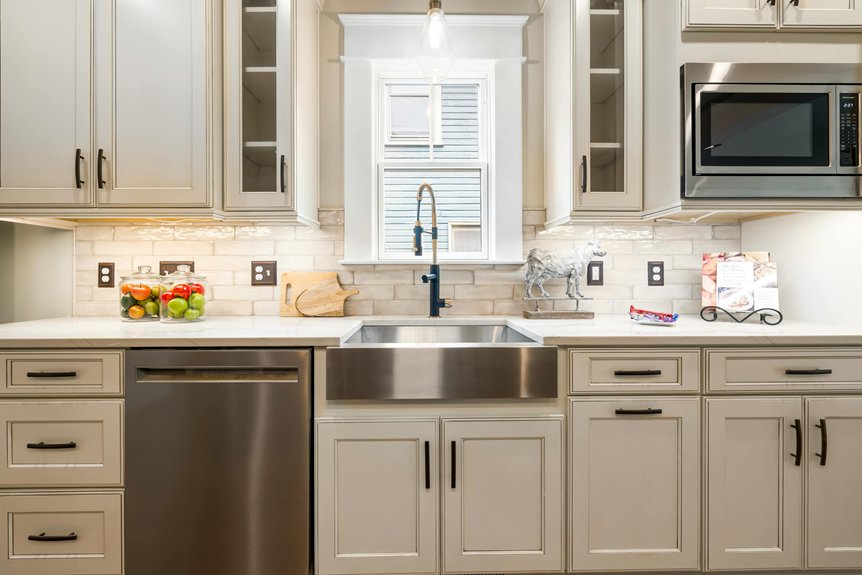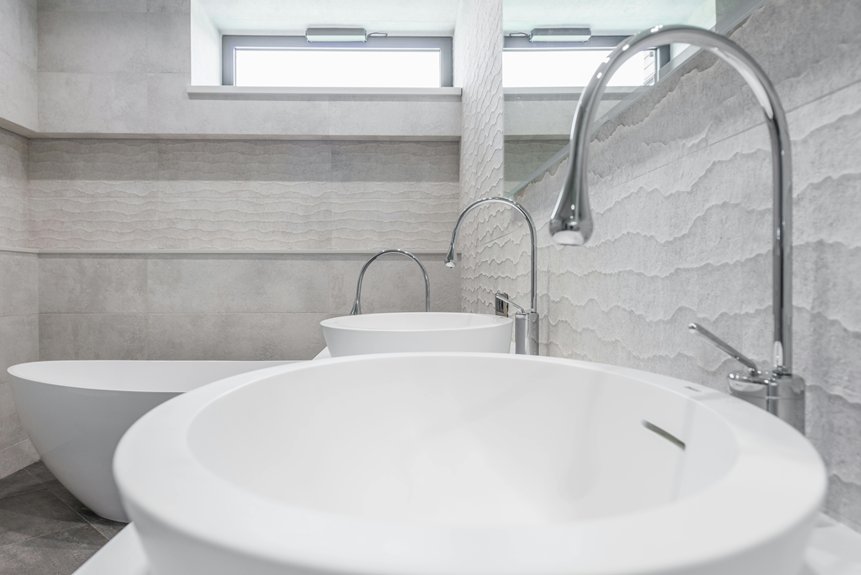When planning a kitchen remodel in Sterling, it’s essential to approach your budget carefully. Start by defining your overall budget to set a realistic spending limit. Next, break down costs into specific categories like materials and labor. But don’t forget to factor in unexpected expenses. These steps will help you manage your finances effectively, but there’s more to take into account for a smooth remodeling process. Let’s explore the details further.
Key Takeaways
- Assess your financial situation to determine a realistic budget for the kitchen remodel.
- Break down costs by category, including materials, labor, and permits for clarity.
- Include a contingency fund of 10-20% for unexpected expenses during the project.
- Consider additional expenses, such as design fees and potential hidden issues.
- Maintain financial flexibility to adjust the budget as needed throughout the remodel process.
Determine Your Overall Budget
Determining your overall budget for a kitchen remodel is essential before diving into the design process.
Start with budget planning by evaluating your financial situation and setting a realistic limit for your project. Conduct a cost analysis to understand the potential expenses involved, including materials, labor, and permits.
Consider how much you can afford without compromising quality. Don’t forget to include a contingency fund for unexpected costs.
Break Down Costs by Category
As you plan your kitchen remodel, breaking down costs by category can help you gain a clearer understanding of where your budget will go.
Start by categorizing material expenses, such as cabinets, countertops, and appliances. Next, account for labor costs, which typically include installation and plumbing services.
Don’t forget about permits and potential design fees, as these can also impact your overall expenses. By itemizing these categories, you’ll identify which areas might need adjustments in your budget.
This structured approach guarantees you’re prepared for the financial aspects of your remodel, enabling smoother decision-making throughout the project.
Factor in Contingency and Additional Expenses
While planning your kitchen remodel, it’s crucial to factor in a contingency budget for unforeseen expenses. Unexpected expenses can arise at any stage, whether it’s hidden water damage or changes in material costs.
A good budgeting tip is to set aside 10-20% of your total budget for these surprises. This way, you won’t feel stressed or forced to compromise on quality.
Keep in mind that additional expenses, like permits or labor, may also pop up. By anticipating these costs, you can facilitate a smoother remodeling process and stay on track financially throughout your project.
Conclusion
By following these three essential steps, you can confidently estimate your kitchen remodel costs in Sterling. Start by defining your overall budget, then break down your expenses into categories for a clearer picture. Don’t forget to factor in a contingency budget to cover any unexpected costs. With careful planning and a realistic approach, you’ll keep your remodel on track and within budget, making your dream kitchen a reality without the financial stress.




